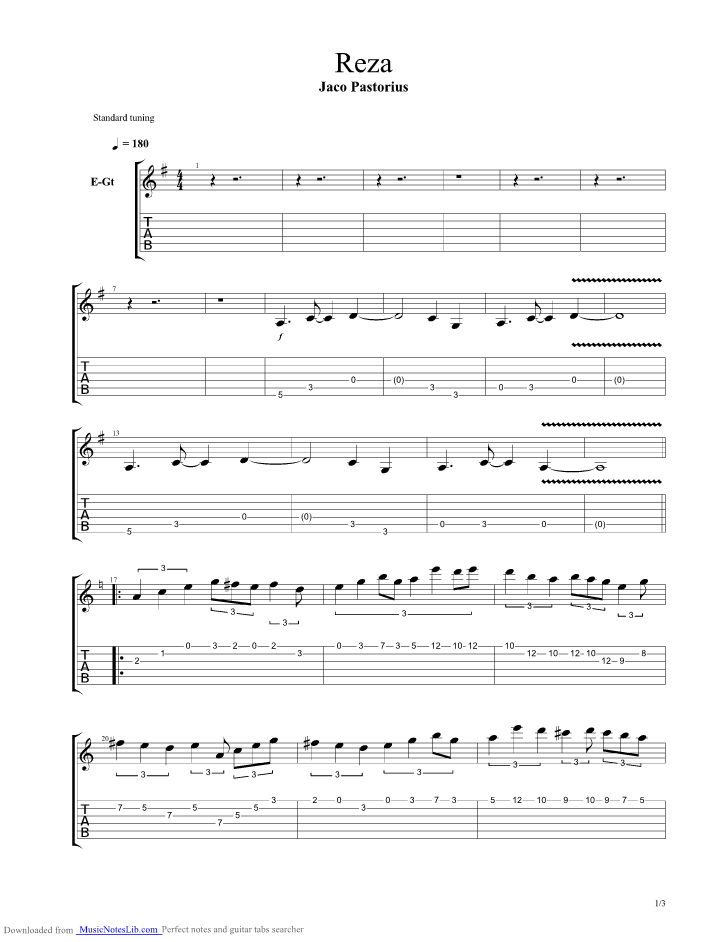

Here Jaco begins by outlining the Em7 harmony before descending into open position and using a combination of chord tones and ghost notes to create the rest of the line – he alternates figures on beat 4, first landing on the 5th and then resolving to the open E this helps to give the groove a more ‘composed’ feeling compared to a constant 1-bar vamp. The 2-bar groove that serves as the main line for this tune is no exception: Propulsive 16th note linesĪlthough Rocco Prestia is widely considered to be the king of relentless 16th note funk grooves – Tower of Power released ‘What Is Hip?’ around the same time as this record came out – Jaco was no slouch either and many of his signature lines, including the chorus to ‘Come On, Come Over’, consist of rapid fire funk motifs interspersed with ghost notes. Voicings like which combine fretted notes with harmonics have become mainstays of the electric bass, and it was Jaco that brought them to our attention. Harmonics don’t seem particularly out of the ordinary to us in the present day, but if we go back 30 years the story was very different although Jaco doesn’t get sole credit for ‘inventing’ the harmonic vocabulary that we have nowadays he was definitely a pioneer of using both natural and false harmonics in order to expand the bass’ ability to convey extended harmony – Jaco totally changed the game with tracks like ‘A Portrait of Tracy’ and ‘Okonkole Y Trompa’ from his self-titled debut, and even managed to integrate them in a singer-songwriter context on Joni Mitchell’s ‘Coyote’.

Outlining Chords Using Harmonicsīar 2 of the tune (Jaco’s fourth note of the piece) features a double stop harmonic which outlines the Bm7 chord. By examining the transcription of Jaco’s part on ‘I Can Dig It Baby’ we can isolate the fundamental elements of his style that would become so influential in years to come – it’s as if Jaco left us clues as to what he was going to unleash in the future as his career progressed. What is most significant about Jaco’s recording debut is that it clearly demonstrates that he was a fully formed musician with a unique voice at the age of 22 or 23, which is an extremely rare thing. The credit for bass on ‘I Can Dig It Baby’ went to Nelson ‘Jocko’ Padron, but after a handful of notes it’s clear who’s in charge of the low end. ‘I Can Dig It Baby’ represents Jaco’s first recording that would reach the ears of most mainstream listeners and allows us to study the key elements of his unique style in the context of a 6 minute pop song.
The chicken jaco pastorius bass lesson free#
This wasn’t Jaco’s first recorded outing as such, he appeared on a record released under Paul Bley’s improvising artists label, originally titled Pastorius/Metheny/Ditmas/Bley (now widely referred to as ‘Jaco’) on which he can be heard playing some utterly ridiculous things in a not particularly accessible electronic free jazz setting.
The chicken jaco pastorius bass lesson pdf#
You can find a pdf of the transcription HERE In order to understand why Jaco’s playing had such a profound impact on the history of the instrument we’re going to dig into his first commercial recording as a sideman, R&B guitarist Little Beaver’s ‘I Can Dig It Baby’, which was released in 1974, before Jaco’s infamous debut solo record, his appearance on Pat Metheny’s ‘Bright Size Life’ or Weather Report’s ‘Black Market’. In fact, even if you’re keen on more modern players then Jaco is still relevant, as his influence can be clearly heard in the playing of Evan Marien, Joe Dart (Vulfpeck), Michael League (Snarky Puppy) and Hadrien Feraud. So why is everyone still talking about Jaco 30 years after his death? The fact is that he has influenced every single prominent electric bass player that has come through in the ‘post-jaco’ era it doesn’t matter who you’re into – Pino Palladino, Mark King, Me’Shell N’degeocello, Gary Willis, John Patitucci, Marcus Miller, Will Lee, Richard Bona, Flea, Laurence Cottle, Stu Hamm – all of these great players have stolen a ton of stuff from Jaco. September 2017 marked 30 years since the untimely death of Jaco Pastorius, the self-proclaimed ‘greatest bass player of all time’ who completely revolutionised not only the instrument itself but also the way that it was played – Jaco pioneered the fretless bass and helped to make the electric bass a more legitimate jazz instrument (this may or may not be a terrible thing, depending on your point of view).


 0 kommentar(er)
0 kommentar(er)
